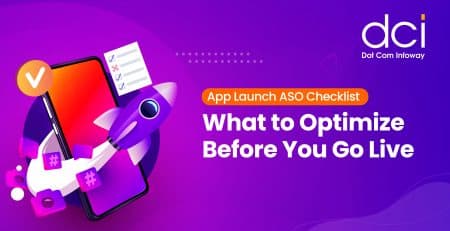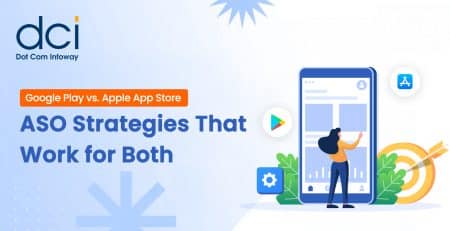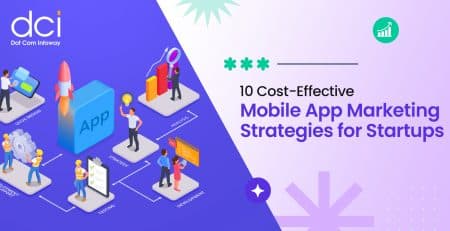Essential Techniques for Retaining & Re-engaging Your App Users
Is it enough to have a well-developed app, with a strong UX and enticing functionalities?
According to the 2014 Q3 report from Developer Economics, 50 of iOS and 64% of Android developers operate at under $500 per month. While the quality of an app is undoubtedly a main selling point, you first need someone to sell it to. This is where user retention and re-engagement techniques come into play.
What is User Retention and Re-engagement?
You have two metrics, which are similar, but in several fundamental ways, are very different. User retention refers to how many times a user opens and uses an app, and is measured using metrics known as DAUs/MAUs (daily/monthly active users).
User engagement refers to the activity of a user once he is inside the app, and it is measured using metrics such as key actions completed and time spent within the app.
An app can have a high retention rate, but a low engagement rate. Think of Google. You do not have to use it for a long time to get the results you are looking for, but you will likely use it several times a day.
Both re-engagement and retention use similar techniques to draw in users.
It Starts with Segmentation
Before you start to invest in re-engagement and retention efforts, you want to make sure that you have as much detailed data on your users’ behavior as possible. Tracking data such as time since last visit, time of day when a user is most active and popular features/content, among others, can help you develop the most effective strategy to re-engage and retain your user base.
1. Deep Linking
Deep linking is a very powerful marketing technique where you set up ads that link back within your app. For example, if you have a user who has bought a pair of shoes from your online store, with deep linking ads, you can target that user and present him with a special offer on shoes in a Facebook ad. When that user clicks on the ad, he will be redirected to your specific product page within the app, and the price will be discounted according to the special offer presented. The ad works even if the user deleted your app. In this case, the user is redirected to the app store, and after the download, he is redirected to the linked event, state or page within the app.
2. Push Notifications
The tried and tested push notification has been around for quite some time, and it is currently accepted as one of the best techniques to increase user retention. Push notifications work best when you have access to a plethora of precise user segmentation data. This data will allow you to present your users with timely and effective push notifications.
3. Social Integration
Adding a social dimension to your app does wonders for your retention and engagement rates, particularly in games. High scores, achievements and any other feature that promotes competition or interaction will keep users coming back to your game for more. Cooperation can work just as well. Some games allow clans to be set up, have in-game chat options. or they give to option to send gifts to friends.
4. Iterations
Stagnation can spell death for your retention rates. Users love to see a product evolve. Adding features and taking user feedback into account will help you build a better app that not only retains users but attracts new ones as well. There is also the benefit of creating a core user base, which will attract users through word of mouth. In fact, updates are so good for retention that, according to Tapdaq, there is a 100% increase in daily app sessions in the 48 hours surrounding an update.
5. User Interaction
When users feel that they have a say and that their feedback is listened to, they feel ownership of an app, which naturally increases engagement and retention. The best way to do this is to make it easy to give feedback. You don’t want to send your users halfway across the web to find a way to get in touch with you. You want users to be able to give you feedback from within the app.
Conclusion
In order to convert or sell to your users, you need to keep them engaged and coming back for more. The best way to do this is to find out what users want and what prevents them from getting it. Once you’ve figured that out, you have several techniques at your disposal to ensure that each one of your users finds something worthwhile within your app.















